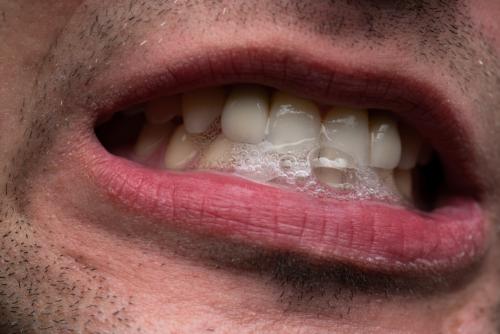How to protect yourself from an unwanted pregnancy.

Diaphragm. It's a rubber disc with a flexible hood that covers the cervix. It should be used together with a spermicide. It is only available on prescription, because to protect it must fit perfectly with the upper part of the vagina and adjust comfortably on the cervix. protects for about six hours and should be removed at least six hours after sexual intercourse but not after more than 24 hours. Oral contraceptives.
Protects against pregnancy by combined actions of progesterone. Hormones prevent ovulation. Pills should be taken daily as instructed. The side effects of the pill can be nausea, headache, breast tenderness, weight gain, irregular bleeding and depression. Contraceptive injection.
It is injected intramuscularly on the arm or buttock every three months. Contains hormones that prevent ovulation, thickened cervical mucus, aggravating the passage of sperm. Menstruation may become irregular and sometimes absent. Subdermic implant. It has the shape of a small stem containing progesterone and implants surgically immediately above the elbow, on the inside of the arm.
The protection offered by it lasts from 3 to 5 years. Side effects include changes in the menstrual cycle, weight gain, headache, mood impairment, acne, libido. The intrauterine device. The Sterile (IUD) is a T-shaped device that is inserted into the uterus by a specialist. The IUD has an action duration of up to 10 years.
has one of the lowest contraceptive failure rates. Adverse reactions may include abnormal bleeding and cramping, but only during and immediately after insertion. sterilization. The trumpet ligation is surgically performed. Thus, ova are prevented from meeting sperm.
It's a permanent form of contraception. Emergency contraceptive. It is given immediately after one, but not later than 72 hours. condom. It is made of latex and can be used only once.
Some of the condoms also contain spermicide. Condom acts as a mechanical barrier, preventing direct contact between semen and ovum. Condoms are also the most effective way to reduce the risk of contracting viruses that cause AIDS or other sexually transmitted diseases. sterilization. Also known as, is an operation performed under local anesthesia with possible minor postoperative complications such as bleeding or infection.
The ability to get an erection and ejaculation does not disappear. The body will absorb the sperm cells. .
Source : sfatulmedicului.ro
Views : 3388
Popular Article
- (photo) Nude becomes art.
Posted: 2018-03-17, 9809 views.
- The harmful effects of air conditioning on the skin
Posted: 2017-06-08, 8518 views.
- 3 causes of dyed hair discoloration
Posted: 2017-06-15, 8402 views.
- Why early puberty occurs in girls: symptoms, favors, diagnosis and treatment
Posted: 2017-10-24, 8242 views.
- Good or bad skin treatments in the hot season
Posted: 2017-06-07, 7975 views.
Recommendations
- (photo) Nude becomes art.
Posted: 2018-03-17, 9809 views.
- The harmful effects of air conditioning on the skin
Posted: 2017-06-08, 8518 views.
- 3 causes of dyed hair discoloration
Posted: 2017-06-15, 8402 views.
- Good or bad skin treatments in the hot season
Posted: 2017-06-07, 7975 views.
- Risks of practicing sports on hot days
Posted: 2017-06-12, 7547 views.
 4 effective ingredients in the fight against acne.
4 effective ingredients in the fight against acne. How to get rid of hiccups fast
How to get rid of hiccups fast The wheat bran diet: the secret of lost pounds as if by magic
The wheat bran diet: the secret of lost pounds as if by magic The recipe that will sweeten your soul this weekend!
The recipe that will sweeten your soul this weekend!  Is it dangerous or not to refreeze meat after thawing it?
Is it dangerous or not to refreeze meat after thawing it?  The unusual sign of diabetes indicated by saliva.
The unusual sign of diabetes indicated by saliva. What to drink to boost your immune system.
What to drink to boost your immune system. 10 foods that help you never age.
10 foods that help you never age. What actually happens in your body if you drink a cup of coffee for breakfast
What actually happens in your body if you drink a cup of coffee for breakfast 5 surprising benefits of chia seeds
5 surprising benefits of chia seeds